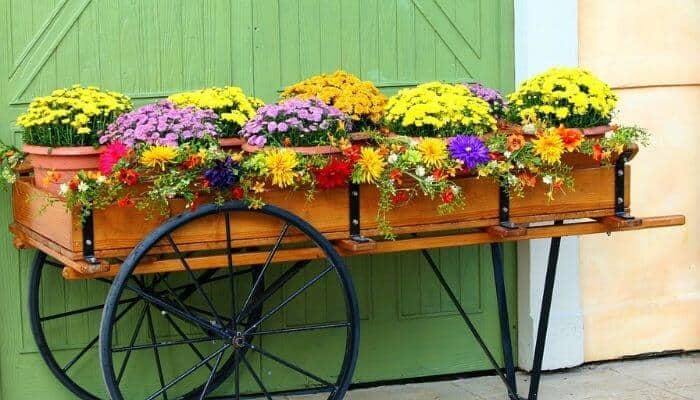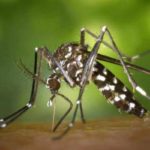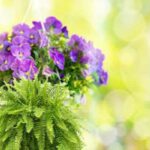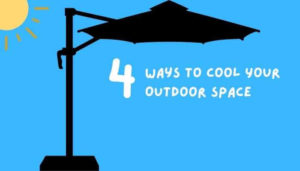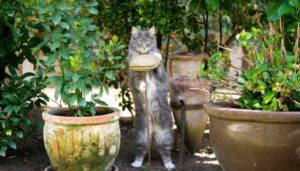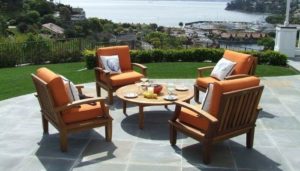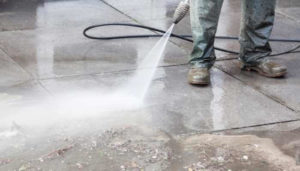Being raised by women of the farm and hearth, I’m more into plants than the average woman. I’ve furthered that interest by diving into herbs for magic, medicine, and cooking. Thing is, you don’t have to be into plants to have a reason to keep them around, especially in your outdoor living space.
Placing planters in your outdoor living space adds natural focal points or hides things you don’t want to look at. Planters can attract lovely, useful creatures while also being useful. They can also help deter unwanted species all the while helping to define the spaces.
To me, no outdoor living space is complete without some planters or potted plants around it. Want to know why?
How Do Planters Cover Mistakes & Adding to Otherwise Empty Space?
Sure, I’m all for putting down as many useful plants as possible, including converting ugly spots into flower beds. But there’s something to be said for using planters in your outdoor space, too. They can really transform the look of a place. If you have the money to purchase them or the time to make some, they are a great investment.
Have a chipped bit of concrete patio? Put a planter over it. Have an old piece of furniture, unwanted pond, or old grill outside that hasn’t been used for years? Convert it into a planter. It’s beautification in its simplest form. And when I use planters, I keep with the seasons. Some will have herbs that I know will die down in winter and I plant around those hearty winter greens that will continue.
Thing is, planters can be in any style you want to add. Those fancy concrete planters are available. Just large pottery made of clay or ceramic can improve the looks of a patio set-up. Maybe you’re into the wood material, so wood half-barrels or wooden troughs might be your thing? You can always pick and choose which style goes with what you’re aiming for.
The features of those planters are, of course, the plants. You can keep it to one type per planter or add a mix that will bloom in alternating months. With the right size planter, you can even plant small bushes and trees. So what would you like to plant?
Can Plants Attract Useful Creatures to Your Outdoor Space?
Placing certain plants out can be like opening a buffet! Look into your area, specifically for the local extension services to find out which plants will work best for the kind of animals and insects you want to see.
Hummingbirds can dine and duel while you and your family and friends watch. All kinds of butterflies can be seen fluttering around your planters – so long as you have the correct plants in them. And most importantly, if you provide pollinators with food, you can help the honey bee population.
If you plant herbs and kitchen-producing plants, the planters are coming in handy two-fold. Butterflies and bees love blooms of all kinds, whether they are from a tasty knock-out rose or black-eyed Susan or from blooming rosemary and cherry tomato plants. So it’s essentially a win-win situation.
Bonus: when you use planters, you don’t have to weed as much as you would in a garden or in a normal flower bed.
How Do Plants Hinder Unwanted Pests?

Did You Know?
Did you know that some species of plants actually repel insects? You can plant garlic, allium, and marigolds (or even flowering plants in the same family) near your outdoor living space and you’ll see fewer bugs around the patio.
Some herbs do this as well, making them dual purpose – maybe even triple purpose plants! They beautify any space they’re in, they repel bugs, and they can be used in cooking or other practices. Lavender, lemongrass, and rosemary are my favorite examples. I use them in cooking and to make yummy syrups for coffee and tea. They have lovely flowers and various green colors, and they repel mosquitoes.
Want some other suggestions? Look to lantana, geraniums, bee balm, floss flower (ageratum), or petunias. Just be sure to pay attention to the growth patterns of these plants. Some of them you may need to take inside and shelter during the colder seasons. Since they’re in planters, that makes things a bit easier, though.
How Can You Define Your Space Using Planters?
I like the idea of planters at the corners and edges of my patio. This is not just because I’m being picky, but also so that people take notice of where there is a step-down and change in the ground.
I also plan to use them between two spaces in the same garden area. Our fire pit, for instance, is in the middle of the yard a bit away from the patio. So, I’ve made a trail between the two and added planters between them to define a bit of separation there. They can help define areas for different, distinctive use.
I’ve seen planters placed between the seating area of a patio and the kitchen area (whether it’s a grill, an oven, or a true prep area for cooking). Usually, these planters are filled with fresh herbs, ready to be plucked for the recipes about to be used. It gives a sense of division without actually separating the spaces completely.
Plants and the planters they occupy can bring texture and visual beauty to an otherwise plain piece of real estate. Putting plants around a door makes the door a work of art and makes most people feel more welcomed.
Conversely, properly placed plants and planters can be used to artfully dodge the view of neighbors and lend a bit of privacy.
How Much Are You Budgeting & Suggestions For Using Planters
So, using planters in your outdoor space is something that can beautify the area, but it’s useful, too. And remember that if you can find used pots, all the better! Keep things sustainable and economic.
If a planter is too large for the shallow roots of your plants, don’t hesitate in filling the bottom with inexpensive wood, gravel, or other stuff before topping it off with the appropriate amount of potting soil. Buy plants from the bargain bin of your local Lowe’s or county cooperative, and breathe new life into them.
And remember, the best time to look for some good planters on sale is when stores and co-ops are getting ready for winter in mid-fall and marking things down. On the other hand, if you want to go REALLY cheap – yard sales! What I’ll do in early spring is begin driving through neighborhoods on trash-pick-up-day or the day before. People are getting rid of their older stuff and bringing in new stuff. What they see as trash, might just be my treasure!
Also, keep in mind the conditions of where you plan on placing your planters. Make sure that if they will be in full sun, the plant is hearty enough for that. If you put a sun-loving plant in the shade, they won’t usually die, but they’ll bloom less. So you may want to go for plants that are shade-loving in those areas – you’ll definitely have more greenery there.
Budget for watering, because even though most of these plants don’t use a lot of water – they are expected to be out during the hottest months of the year. You’ll need to exchange the soil year to year for the best growth. I put my old soil in a specific pile so that I can then mix it with new nutrients and compost it before it’s used again.
I feel like the cost is negligible to the enjoyment of having planters in my outdoor space. My suggestion would be to add planters to your budget and to your plans for your outdoor living space. You won’t regret it.
